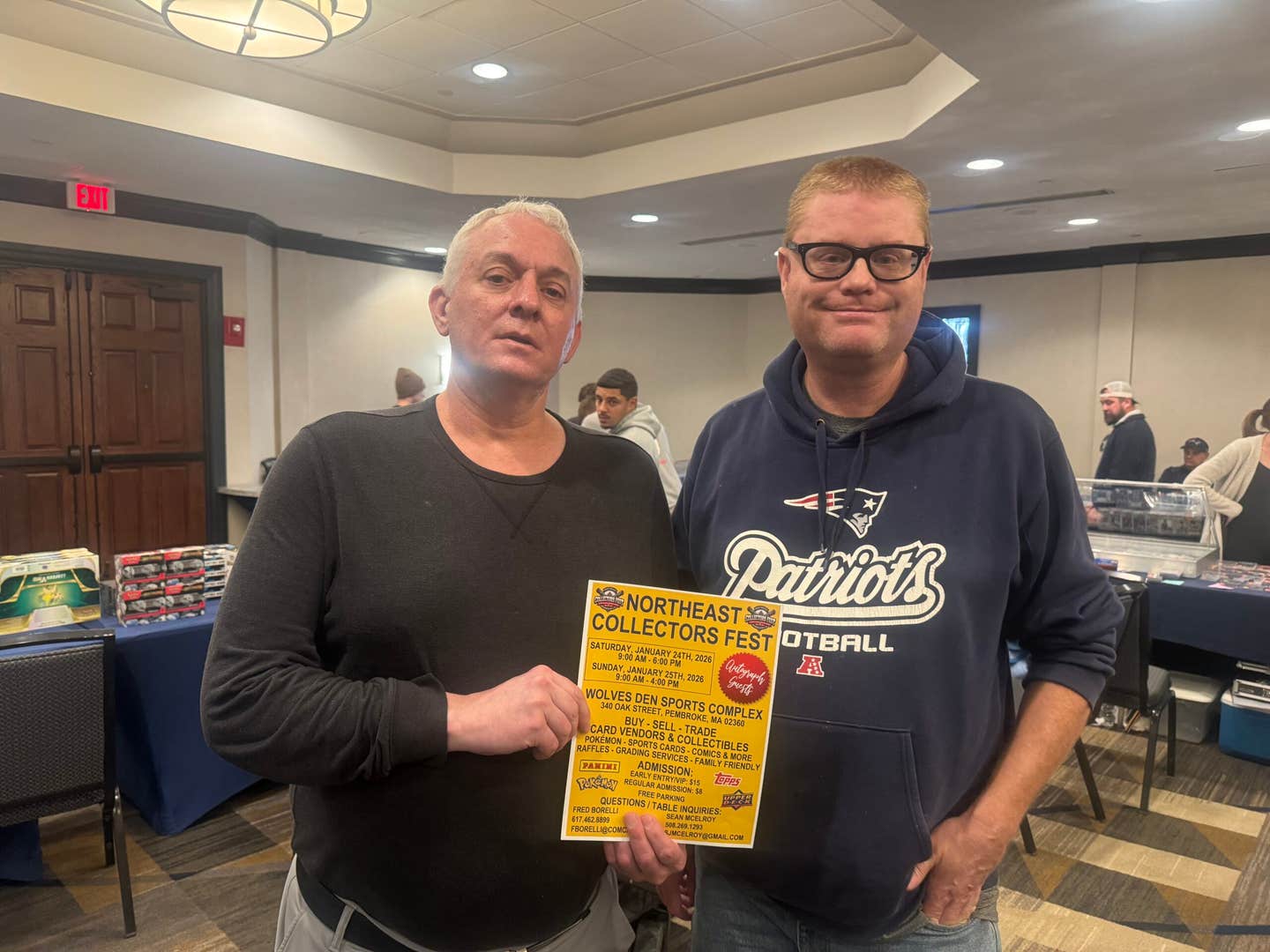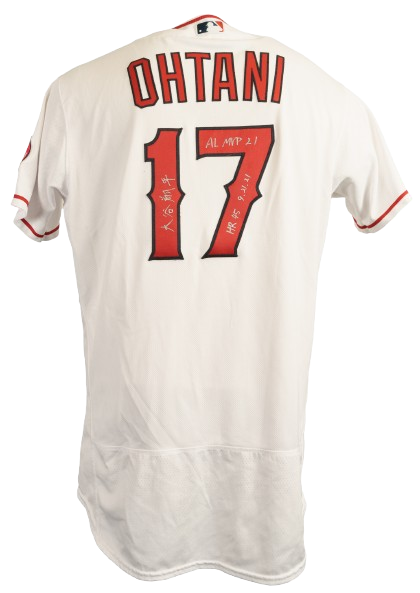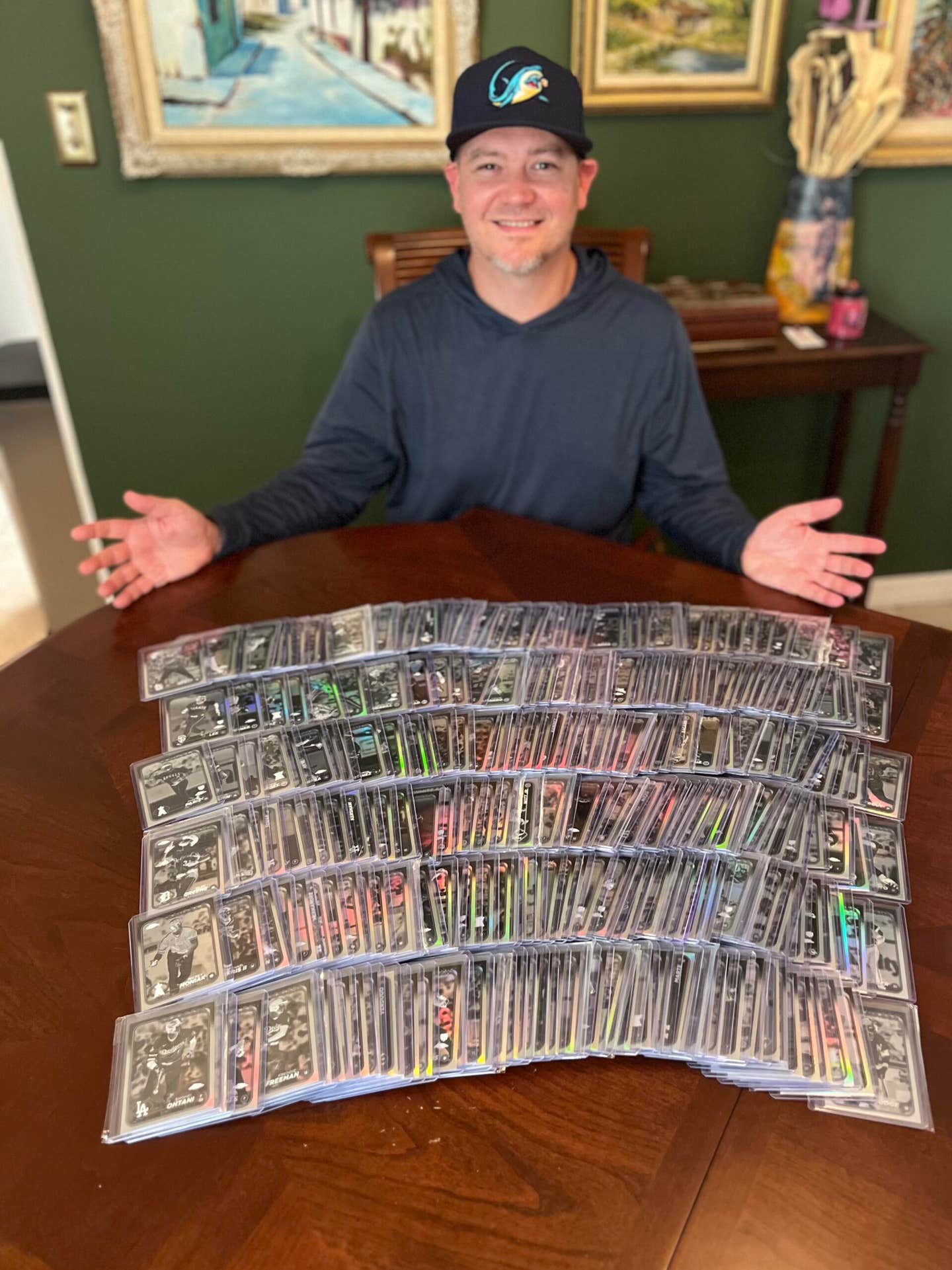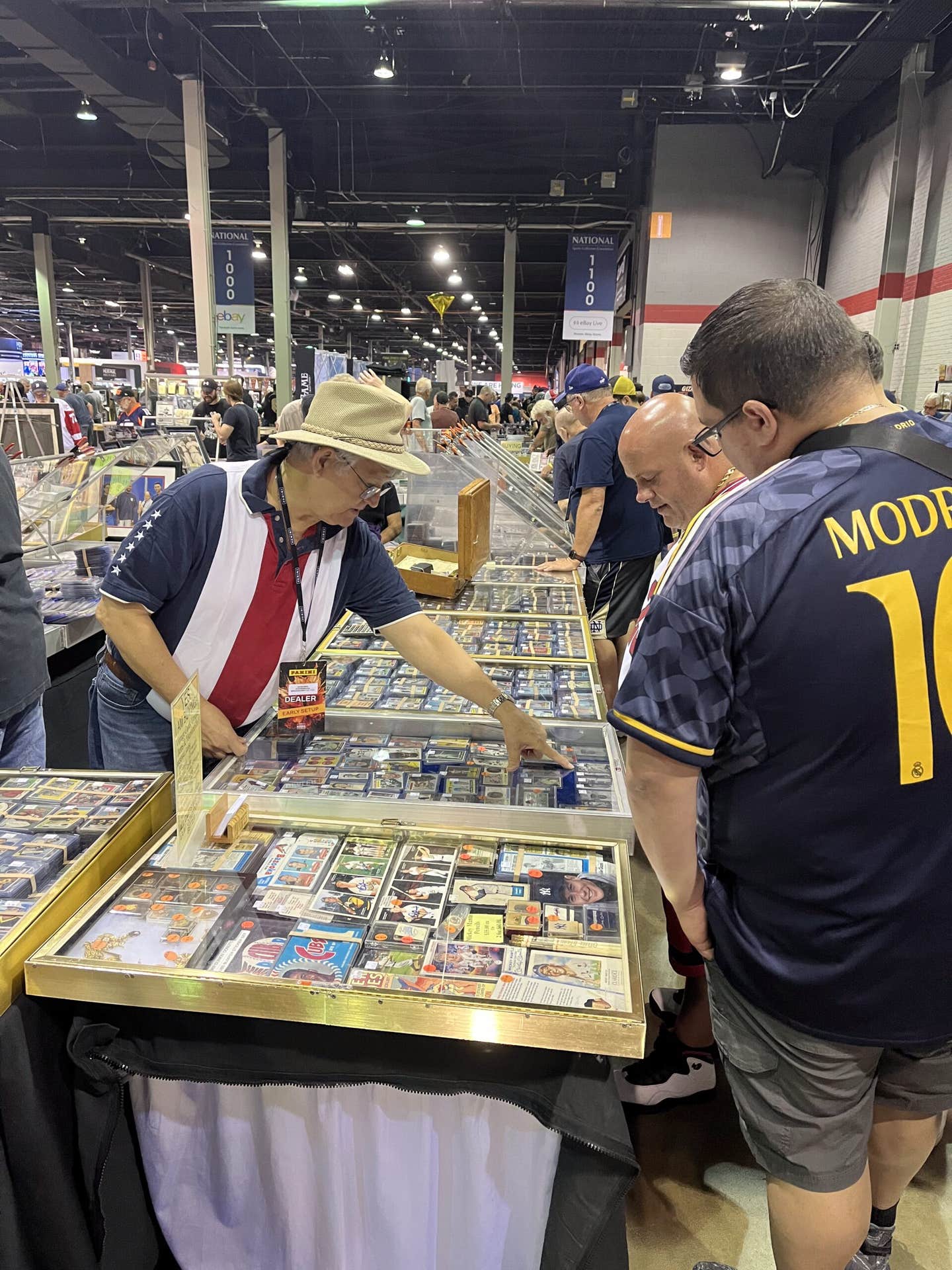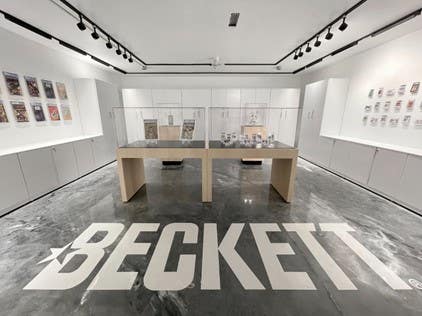News
The Most Beautiful Ballpark Ever?
The following is part one of a two-part feature on Boston’s South End Grounds that appeared in the Aug. 10 issue of SCD. The second part appeared in the Aug. 24 issue of SCD and will appear here shortly.
A few years ago, I first read one of the best baseball novels ever written: Darryl Brock’s If I Never Get Back. Briefly, this wonderfully researched story involves a main character in modern times who, while suffering what appears to be a nervous breakdown/alcoholic bender, finds himself transported back to the 1870s, where he catches on with America’s first pro team, the Cincinnati Red Stockings, and accompanies them on a tour of the U.S.
Along the way, he must learn the nuances of the early game, (dismissing as useless much of what he’d learned as a high school player), as well as late 1800s American customs. A clever plot that involves the Civil War, Irish Nationalism and get-rich quick schemes evolves, as does an old-fashioned romance between the protagonist and a Victorian beauty. (Mark Twain even passes through!)
Of course, the baseball aspect is what attracted me, initially, and made me put myself in Sam Fowler’s place as I read of his exploits. It was this somewhat bizarre desire to time travel through baseball history that led me to put in two seasons as a second baseman/outfielder for the Bridgeport Orators, a vintage baseball club that I learned about while profiling their inaugural campaign in a SCD feature.
Sadly, the team disbanded after our third season (my last), but not before I got a really good idea of what it was like to play back then. And let me tell you, it was tough. After years of baseball up through high school and then decades of beer league softball, I’d gotten lazy, counting on batting gloves to improve my bat control and my beloved Rawlings A2000 fielder’s glove to allow effortless one-handed catches. Through two seasons of vintage ball, I got off easy, with only a broken pinkie finger. But that wasn’t all. Even though our old-time replica uniforms were made of a lighter wool than those of the 1800s, it always seemed like we were either playing doubleheaders in a cold rain or 95-degree heat and humidity. Pure misery.
Our locales over some five states varied wildly. At times, we played on a regular high school diamond (with the distances to and between the bases adjusted to 1800s specs), in a pasture or on a village green as part of a historical commemoration.
Probably the coolest place was a field in the shadow of a massive Civil War-era fort in Norwich, Conn. Trouble was, no matter how much you tried to get into character, the 21st century would intrude. Here we’d be using all the 1800s lingo (“striker to the bat!”) and eschewing high fives and whatnot, and some guy’s cell phone would go off in his duffel bag. He’d sheepishly answer it and announce, “That was the wife. Gotta pick up some milk at the 7-Eleven on the way home.” I found myself daydreaming more and more in the field, trying to imagine what it was like to play in those first classic ballparks of the late 1800s. (At which point some beefy opponent would invariably launch one over my head that I’d have to chase until it stopped rolling.) And the one I thought of most was the South End Grounds in Boston.
South End Grounds
Since the day I first laid eyes on an image of the majestic edifice, with its fairy tale spires and turrets, I wanted to go there in the worst way. (I must not be alone, because if you look closely, you can even see what appears to be its rooftop outline in the background in some MLB Network ads.)
But the South End Grounds proved elusive. There’s virtually no trace of it in modern-day Boston, unlike that other defunct park, Braves Field, which I profiled for SCD some years back. So, like Leonard Nimoy, I went “in search of” the South End Grounds. (By the way, did you ever notice how they never actually found anything on that show?)
First of all, when we use the term “South End Grounds,” we are actually referring to three buildings which inhabited the same site. They were the home park for the Boston club in the National Association and then the National League from 1871-1914 (after which time, the Braves, as they came to be called, moved over to Braves Field, the current site of Nickerson Field, home stadium of Boston University.)
The South End Grounds were located on Columbus Avenue and Walpole Street, the present site of the MBTA’s Ruggles Street Station in the Roxbury section of Boston. The site was across the New York, New Haven and Hartford Railroad tracks to the south from the eventual site of the Huntington Avenue Grounds, where Boston’s AL team played before the construction of Fenway Park.
The first tenants of the South End Grounds were the Boston Red Stockings, some of whose players had defected from the famous Cincinnati Reds Stockings (of “If I Never Get Back” fame). They would play under other names such as “Bean-eaters” and “Rustlers,” as well, before becoming the Braves.
The park was opened on May 16, 1871, and was in use until Sept. 10, 1887. It was then demolished to make room for a new structure. In that time, the Boston club would win National Association Pennants from 1872-75 and National League Pennants in 1877, 1878 and 1883.
The park would operate under many names before ending up with the very formal “Boston National League Base Ball Park.” Some of its titles were Boston Baseball Grounds, Union Baseball Grounds and Walpole Street Grounds.
Anyway, in its first incarnation, the South End Grounds must have been pretty nondescript, for virtually no photos of it exist! Its stands were demolished in late September 1887 to make room for the most notable of the structures, which we’ll refer to as South End Grounds II.
Also called the Grand Pavilion (are you keeping up with all these names?), it looked like something out of a fairy tale. There was a large double-decked grandstand behind home plate, uncovered stands down the baselines and bleachers in right center. Its dimensions were 250 feet to left, 450 feet to dead center and 255 feet to right. Capacity was 6,800. Of course, what most Stadia aficionados focus on are the turrets (called witch’s caps) from which flags flew. It would be the only double-decked Major League park in Boston until Fenway added their limited skyline seating.
Indeed, a detailed article in the Boston Herald that announced its construction leaves no doubt that “South End Grounds II” was considered state of the art. Under a headline of “Pavilion to seat 3,510 and cost $35,000,” we are treated to passages written in the flowery style of the Victorian Era: “… the fact that the old, time-worn, rickety structure which has served as a grand stand on the Boston league base ball grounds for many years is to be torn down, and a new elegant and commodious one erected in its place in time for next season’s sport, has already been chronicled by the Herald, and wherever read the news has been received with intense feelings of satisfaction and deeply expressed pleasure … the Herald this morning is enabled to lay before its tens of thousands of base ball readers three excellent sketches of the grand stand …”
From there, Herald readers were supplied with a section-by-section breakdown of the heights, distances, materials and whatnot that their new pavilion entailed. Here are a few parts I’ve chosen to highlight for you:
“… Midway between the end towers rises the central tower. This is a treatment of brick and terra cotta to a height of 40 feet brick and 46 feet terra cotta. This tower has round corners, and is 27 feet in width … this tower blends into a flagstaff, the base of which is 82 feet from the ground, while the length of the flagstaff itself is 40 feet. This tower finishes as an open belvedere, which can be utilized either as a promenade or as a bandstand …”
How about some amenities, Victorian style? Check these out: “… leading from the promenade and adjoining the stairway near the ends of the structure are toilet rooms for the ladies, with all the modern improvements …”
“… the general plan of the pavilion together with its junction with the open seats, is of the amphitheater style … all of the seats in both circles will be of the opera pattern, and will be made especially for durability, as well as for the comfort of the patrons … the press box will be located on the first and second rows of the lower circle and directly in the centre of the pavilion. Every reporter will have a hinged desk, on which will be lettered the name of the paper he represents … ”
And what of those hungry patrons of the Boston baseball club? No problem!
“… On the extreme ends of the pavilion are the restaurants, from which the public can be supplied with refreshments. A system will be established whereby the patrons of the open seats, as well as those who patronize the pavilion, can be supplied from the refreshments room without in any way interfering with each other, and neither can any patron of the outside seats obtain, by any subterfuge, admission to the pavilion through the restaurants.”
As we can see, attending a game at the Boston ball grounds was an occasion, whether you sat with the swells in the pavilion or in the open seats down the baselines. An article in the Boston Daily Globe perfectly captures the excitement of the era: “… the greeting one receives as he passes through the turnstile at the grounds of Boston’s League Base Ball Club reminds him of the salutation he gets on entering the opera house. The small boy with good lungs and resonant voice is the committee of reception in both cases … ‘Scorecards, five cents. Names of players and correct batting orders of both sides!’ … the everyday scenes within and near the ball grounds are overlooked by the majority of frequent spectators at the games, but they are nonetheless interesting. No sooner has the car been left on Tremont Street than a small army of street vendors appear drawn up in battle array, and you can supply yourself with any thing from ‘nice-fresh-roasted-hunchbacked peanuts’ to ‘the very choicest cigars, six for ten cents.’ This is an easy line to pass compared with the one found along the approach to the ticket office, where you must run a gauntlet of urchins under their fire of ‘gimme ticket, mister,’ or ‘take me in.’ ”
Another entry under the “the more things change, the more they remain the same” category is the treatment of the game’s lone arbiter: “It was a mighty good game, all and all, and one well worth witnessing, save the disgusting decisions of the umpire. Shortly after 3:30 the gang in the rear of the pavilion announced that it was time to play. A glance over the spectators was sufficient to convince me that everybody was feeling happy and that just that number anticipated a good game. But lo! What means this sudden transformation, this instantaneous change from brightness to gloom? Mr. Powers is walking towards the plate to conduct the game, and the occupants of the pavilion and bleaching boards remember his actions in a previous game and also his unquestioned inefficiency.”
Yes, it must have been quite a sight at the Boston Base Ball Grounds in those days, the men in frock coats and fedoras, the women (what few there were) in their cinched-up Victorian bustled dresses and flowered hats.
Of course, even back in the day there were people trying to beat the system. You think those people in the “apartment skyboxes” across the street from Wrigley Field invented something new? Uh-Uh.
“… the owners of the buildings along the fence had an eye to business, and found their housetops and back window sources of no small revenue. Prices varied according to location, ranging from ten cents to a quarter of a dollar. It did not take the League managers long to set about the stopping of this lucrative business which was being carried on at their expense. Screens were constructed and strips of canvas hoisted to obstruct the view. Not to be outdone, one of the more ingenious money makers covered his housetop with seats, and the others were not slow to follow his example, until now there is an observation stand on nearly every building in the like. As the seats went up higher screens were built, and thus a patchwork appearance was given … the owner of one structure nearly at the end of the line was not to be so easily thwarted, and kept adding other stories to his stand, until now he has a small grand stand on stilts, which will inevitably be the scene of a terrible accident should it ever be occupied by the number it is built to accommodate …”
However, Boston’s baseball Camelot would meet its end with a fate shared by many structures of the period: Fire.
According to the Sporting News of May 26, 1894, under the headline of “The Boston Fire: A Conflagration That Completely Wiped Out the Finest Grand Stand in the League and Caused Great Loss and Suffering to Club and Public:”
“The fire which originated in, and destroyed the Boston Ball Park on May 15, was one of the most remarkable on record for the rapidity with which the fumes did their destructive and, as it turned out, deadly work. In less than three hours twelve acres of territory were burned over. The base ball grand stand and bleachers, a large schoolhouse, an engine house, 164 wooden dwellings and 13 brick buildings were burned and nearly 1,000 families made homeless.”
Apparently, the blaze originated in a center field area where the seats had been removed the previous season. Under a nearby section where seats remained, there was a pile of wood shavings and loose pieces of wood that had not been carted away.
The second of a series of games between Boston and Baltimore was underway, with some 3,500 spectators on hand. With Baltimore batting in the third inning there was a sudden commotion in the right field corner bleachers. Smoke was detected curling upward from some smoldering rubbish beneath the seats. (The supposition was that someone had dropped a cigarette or match to the area below).
Though the fire started out small and could have been quickly doused, there was no water on hand. Some nearby fans were even encouraged by a policeman to leave it alone. The Boston right fielder, Jimmy Bannon, could see that this thing was serious. He rushed under the stands and tried to stomp it out with his feet. But suddenly, a gust of wind kicked up and the fire roared to life. Those interviewed later likened it to a prairie fire. Before long the blaze made its way from the cheap seats to the pavilion. The heat became so intense that the spectators, who had been driven to the left field corner, started escaping through a hole in the center field fence. The players gathered what belongings they could and did likewise, some still dressed in their uniforms. Some thoughtful fans also ripped down pictures of former players from the dressing room walls and carried them to safety. And if you’re wondering what may have happened to the “sky-box” fans beyond the outfield wall, some of them apparently saved themselves by jumping down onto the ballpark’s roof and then climbing down to safety.
After only one hour, the whole pavilion was ablaze, and the wind carried the inferno to the closest outside structures. Next came buildings on Burke, Coventry and Berlin Streets. It started crossing thoroughfares, spreading throughout the Roxbury District. What efforts were made by local fire crews had little effect. The streets were filled with people trying to cart away furniture and other valuables before they, too, were engulfed. Women fainted and children screamed in terror.
It would not be until 7 p.m. that evening that the fire was brought under control. Help had been summoned from all cities and towns within a 10-mile radius of Boston to combat the blaze.
The Boston club would play temporarily at the nearby Congress Street Grounds while what was left of the Grand Pavilion and its environs was knocked down. Since the building was insured (though not to full value), the restoration was begun fairly quickly, but the new grandstand would not be as elaborate as the old one. The plan was for a one-story structure with wings that would seat 3,000 people.
Few photos survive of “South End Grounds III.” The best one might be the one showing the opening game of the 1903 World Series, with the Huntington Avenue Grounds in the foreground and South End Grounds III in the background. The Braves moved out of the park after their game on Aug. 11, 1914, to accommodate larger crowds during their pennant drive of 1914. They would play at Fenway Park until Braves Field was completed during the 1915 season.
South End Grounds III was demolished after the Braves left. The land is now occupied by a parking lot between Northeastern University’s Columbus Parking Garage and Ruggles Station of the Orange Line of the MBTA. A historical marker commemorating the South End Grounds can be found at Ruggles Station.
It’s pretty tragic, actually. One minute you have arguably the most beautiful ballpark ever, and then – poof! It’s gone, taking most the neighborhood with it. And though the South End Grounds was rebuilt, the handwriting was on the wall for structures of its kind. By the time it was demolished, a new wave of steel and concrete structures had taken its place, the “classic” parks of the early 1900s such as Ebbets Field, Shibe Park and Forbes Field, to name but a few. Fortunately, those cathedrals have provided us with artifacts and collectibles that are prized possessions for Stadia buffs today. Sadly, the South End Grounds exist only in a precious few photos and our imaginations.
Well, maybe not exactly. You see, I’ve actually been to the South End Grounds. No, not in a previous life, dear reader – I mean like last month. And in Part Two of this feature, I’ll tell you about the man who made my ultimate ballpark time travel possible.
Until next time, please stay seated.
Collectors can write to Paul Ferrante at 23 Benedict Ave., Fairfield, CT 06825 or e-mail Baseballjourney@optimum.net.



